Unlike chemical fertilizers, compost is a mild, natural fertilizer that will not burn your plants' roots. Using compost enriches the soil, suppresses diseases and pests, and promotes the healthy growth of plants. Are you searching for the best compost for your plants? We have researched this topic to bring you the information you need.
There are composts available on the market like potting mix, organic compost, potting soil mix, and many more. You can also make yours at home. Recycling your waste will not only help your plants and your budget but also will help our environment.
Are you figuring out which you should use for your plants? Are you interested in making your homemade compost? Read through this article since we gathered the needed information.
![A corner full of indoor plants in a white living room, Best Indoor Compost For Plants [And How To Apply]](https://gardentabs.com/wp-content/uploads/2022/07/Best-Indoor-Compost-For-Plants-And-How-To-Apply.png)
Best Indoor Compost
Indoor plants need compost to enhance the quality of the soil. Here are some best indoor compost for plants:
Jobe's Organics Compost Starter
This Compost Starter by Jobe's Organics promotes quick composting. This organic compost has three microorganisms: bacteria, mycorrhizal fungi, and archaea's unique species, which are aggressive in breaking down minerals and complex materials into trace elements and nutrients the plants need.
How To Apply
- Sprinkle 2 cups per cubic yard of organic waste.
- Turn and add water to moisten the compost.
- Avoid soaking.
Click here to check compost starter on Amazon.
Miracle-Gro Indoor Potting Mix
This Indoor Potting Mix by Miracle-Gro is formulated for varieties of indoor plants in containers. The formulation is less prone to fungus gnats because it has no compost bark. This potting mix has coconut coir that releases and holds water, making the soil re-wet. Works best for indoor and outdoor plants.
How To Apply
- Fasten the root ball. Place the plant into the pot or container.
- Add 1-inch potting mix at the top of the container. Press it lightly.
- Water adequately and let it drain.
- Feed the plant with Miracle-Gro Plant food after 30 days of planting.
Click here to check potting mix on Amazon.
Charlie's Compost
Charlie's Compost has chicken manure, clay, cornstalks, hay, straw, and microbe inoculates. These ingredients are turned and mixed regularly, all done outdoors, ensuring that the compost is dried naturally.
How To Apply
- The amount depends on the condition of the soil before composting.
- Put about 4-inch of compost on top of the soil, then mix it.
- A healthier soil only needs 1 to 2-inch of compost. Mix it well.
FoxFarm Ocean Forest Potting Soil Mix
FoxFarm Ocean Forest Potting Soil Mix is a blend of peat moss, earthworm castings, forest products, sphagnum, fish emulsion, bat guano, and crab meal. This soil mix is perfect for containers and indoor and outdoor plants.
How To Apply
Houseplant
- Water adequately after planting.
- Feed your plant with Grow Big Liquid Plant Food for the best results.
Container Garden
- Fill the container with a 1-inch potting soil mix.
- Water after planting.
- Finish it with FoxFarm fertilizer during the bloom and growth seasons.
Trees, Roses, and Shrubs
- Pick a container 2 to 3 times the diameter of the plant's roots and 3 to 6 inches deep.
- Place sufficient potting soil in the container.
- Seal the plant while continuously adding more potting soil around the roots.
- Press the soil around the plant and water it. FIll more soil to the top of the container and water it again.
Existing Container Garden
- Place a 3-inch potting soil around an existing plant and press carefully into the soil.
- Water it adequately.
Click here to check potting soil on Amazon.
Osmocote Smart-Release Plant Food Plus For Outdoor and Indoor
This plant food contains three vital nutrients: Nitrogen, Phosphorous, and Potassium or NPK, which are essential to plant nutrition. It is smart-release, best for outdoor and indoor plants.
How To Apply
- Sprinkle 1-3 inches around the areas at the top of the soil
- When transplanting or re-potting from flats, mix it directly into the soil at the hole before planting.
- It can be applied to outdoor and indoor plants every four months.
Click here to check smart-release plant food on Amazon.
Why Is Compost Good For Plants?
Here are the reasons why composting is essential for plants.
- Compost enhances soil structure.
- Supplies adequate moisture.
- Contribute nutrients to the plants.
- Compost reduces the usage of chemical fertilizers.
- Make soil well-drained yet moist.
- Recycling organic waste is helpful to the environment and valuable for plants.
- Composting reduces pests and attracts wildlife.
- Produce pH balance for plants.
- Money saver.
Can You Make Your Compost?
You can make your compost. Organic materials like newspapers, food waste, expired vitamins and supplements, coffee, whey, and soy can be used. Composting takes time, so you need to have some patience.
Can You Use Eggshells As Compost?
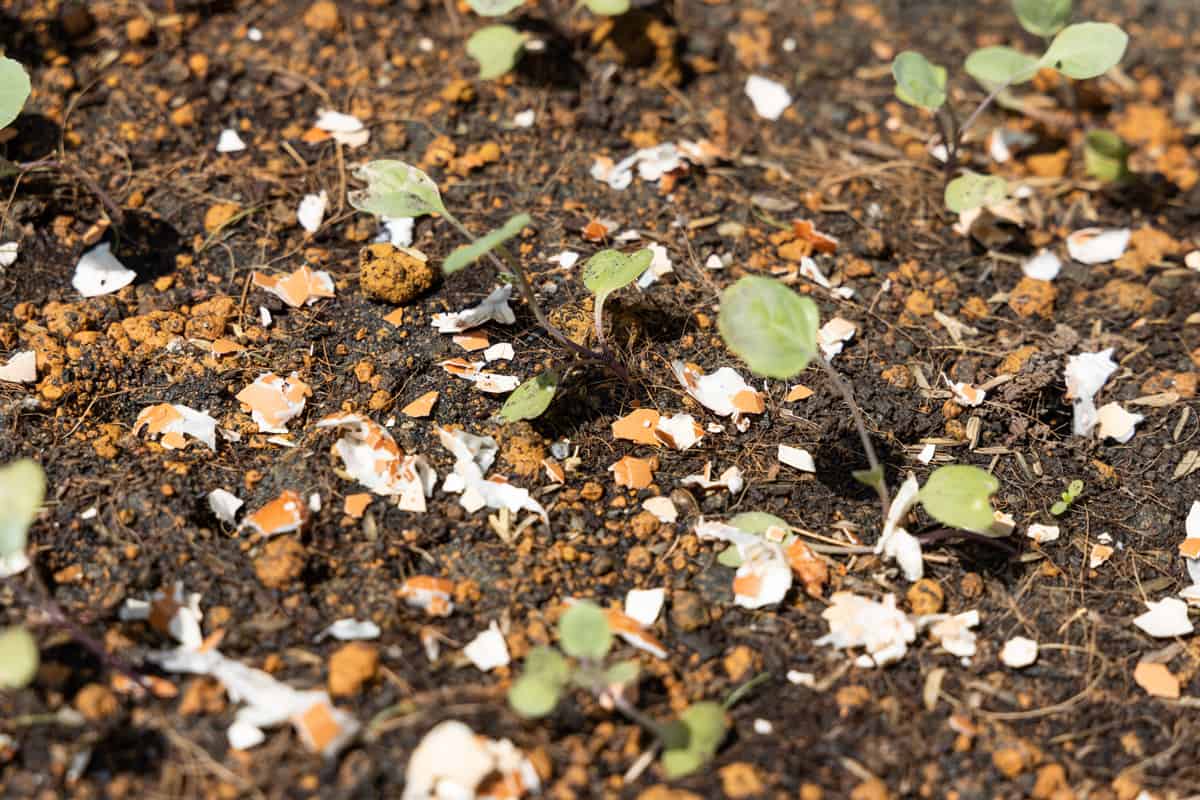
Yes, you can use eggshells as compost. Eggshell is a good source of calcium for plants. Calcium is essential to build cell walls, which is needed to avoid blossom end rot. Wash the eggshells first before adding them to compost to avoid attracting animals. You can crush the eggshells before composting for a faster breakdown.
What Are The Materials You Can Mix In Compost?
Here is some waste that you can use for your compost.
Grass Clippings
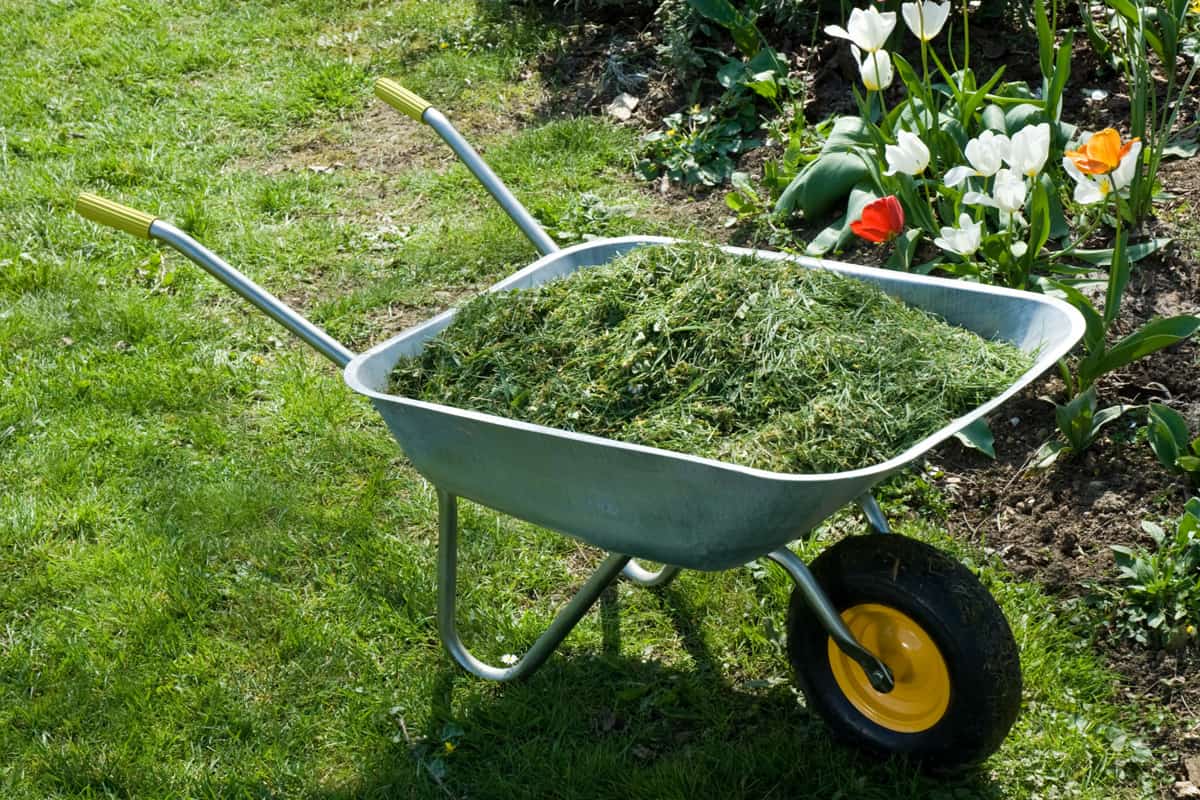
Grass clippings quickly break down. They have nitrogen which is good as manure.
Kitchen Refuse
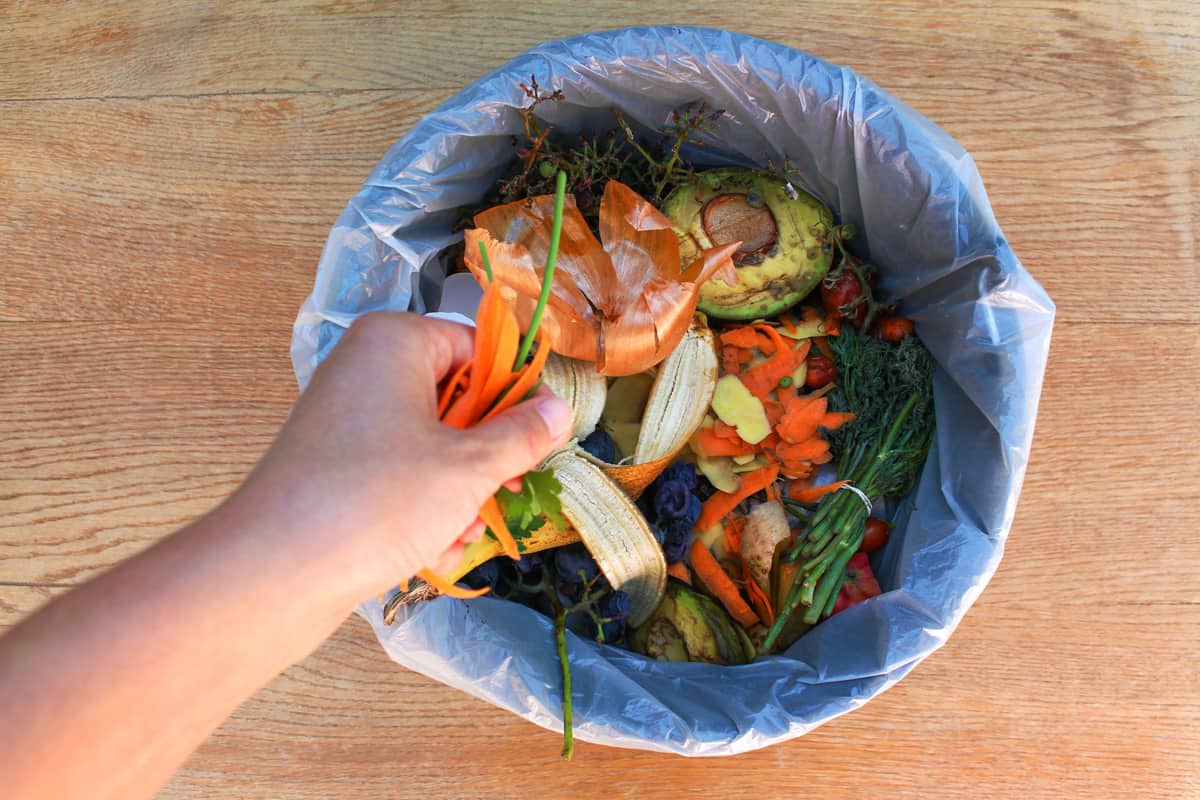
Those banana peels, carrot peelings, tea bags, apple cores, and many more are the best waste for compost. Avoid adding dairy products and meat because they attract pests.
Seaweeds
Seaweeds are excellent nutrient sources, which are best for composting.
Straw or Spoiled Hay
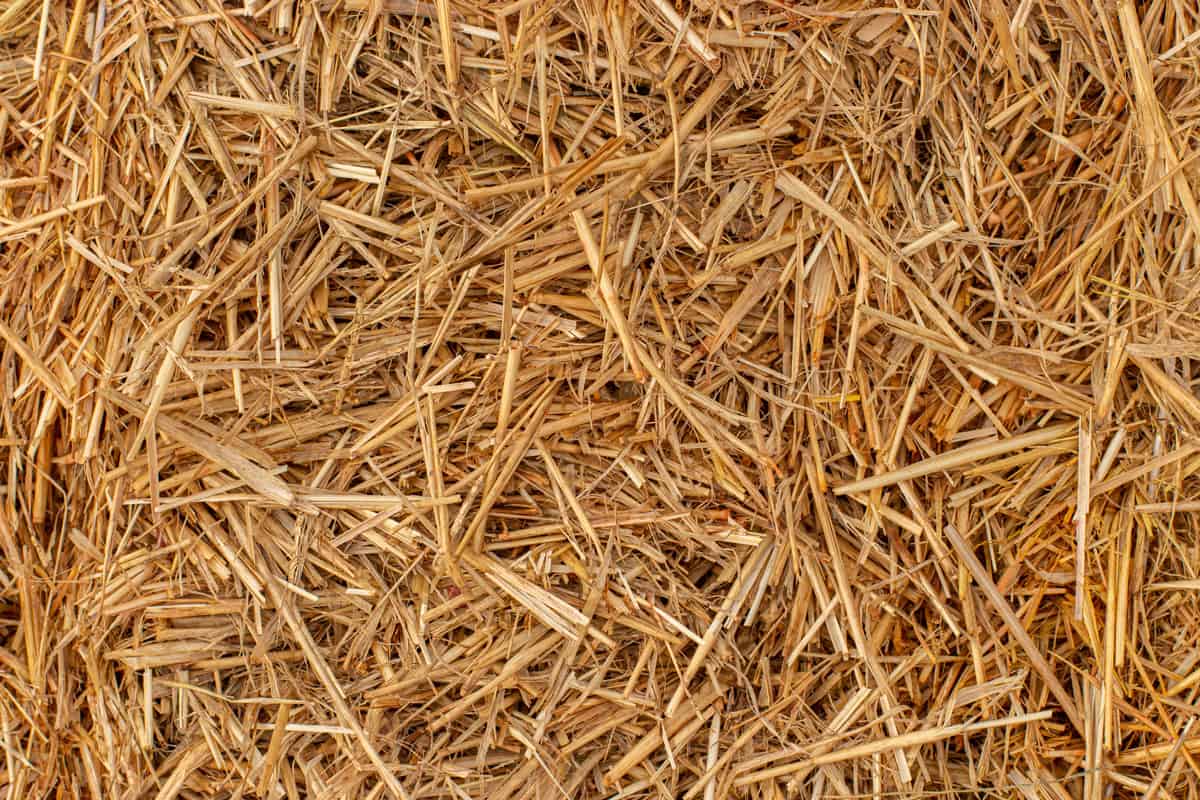
Hay has more nitrogen than straws, but both are good ingredients for your compost.
Manure
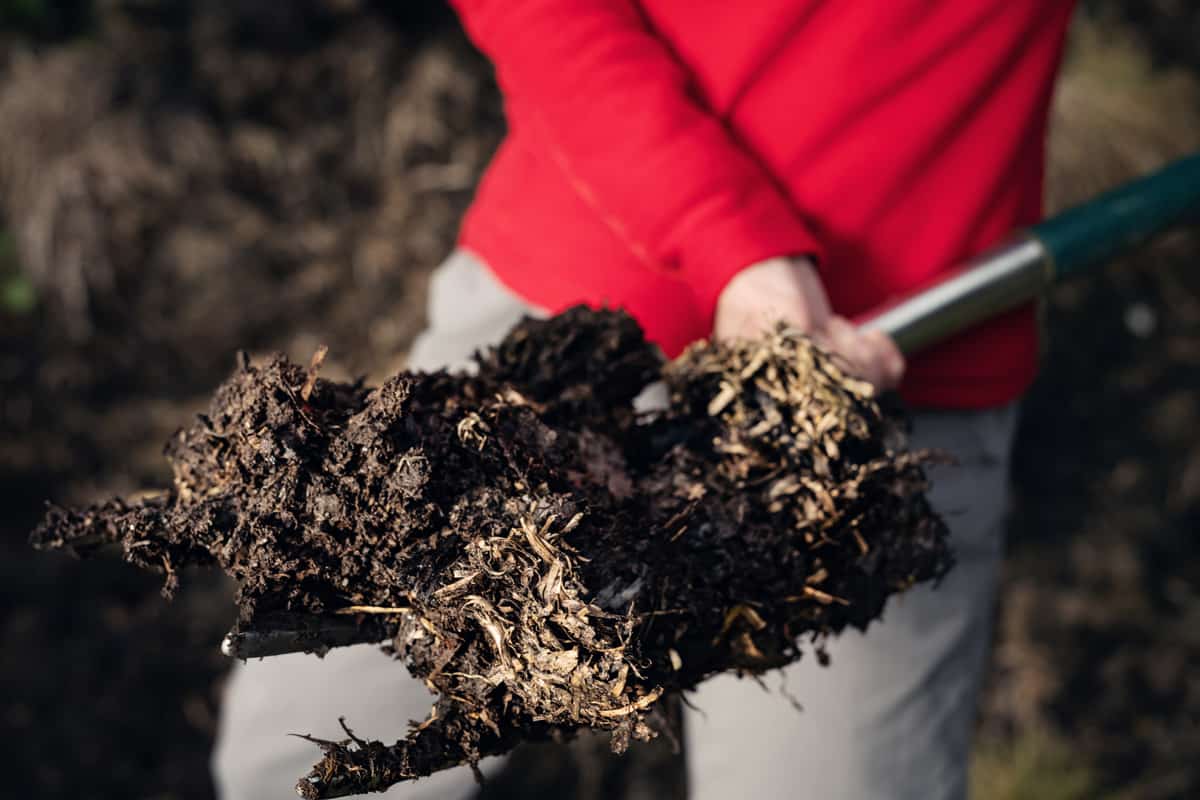
Manure contains microbes and nitrogen. You can use manure from pigs, cows, sheep, bats, ducks, and other herbivore animals.
How To Make Your Indoor Organic Compost
To make your compost, you need to prepare the things you need. Here are some tips on how to make your compost.
- Prepare the container and wash it before proceeding with making your compost. The container should be huge enough for mixing and composting. Chemicals can harm your plants, so make sure you clean the container well.
- Drill some holes for air to enter and circulate. Air is necessary for breaking down the compost.
- If you are making hot compost, add 50% Carbon and 50% Nitrogen. Fruits, eggshells, and vegetable scraps are good sources of Nitrogen, while shredded paper, dry leaves, and cardboard are good sources of Carbon.
- Once you have gathered all ingredients, break them down into the smallest pieces possible to reduce decomposing time.
What Are The Common Problems With Home Made Compost?
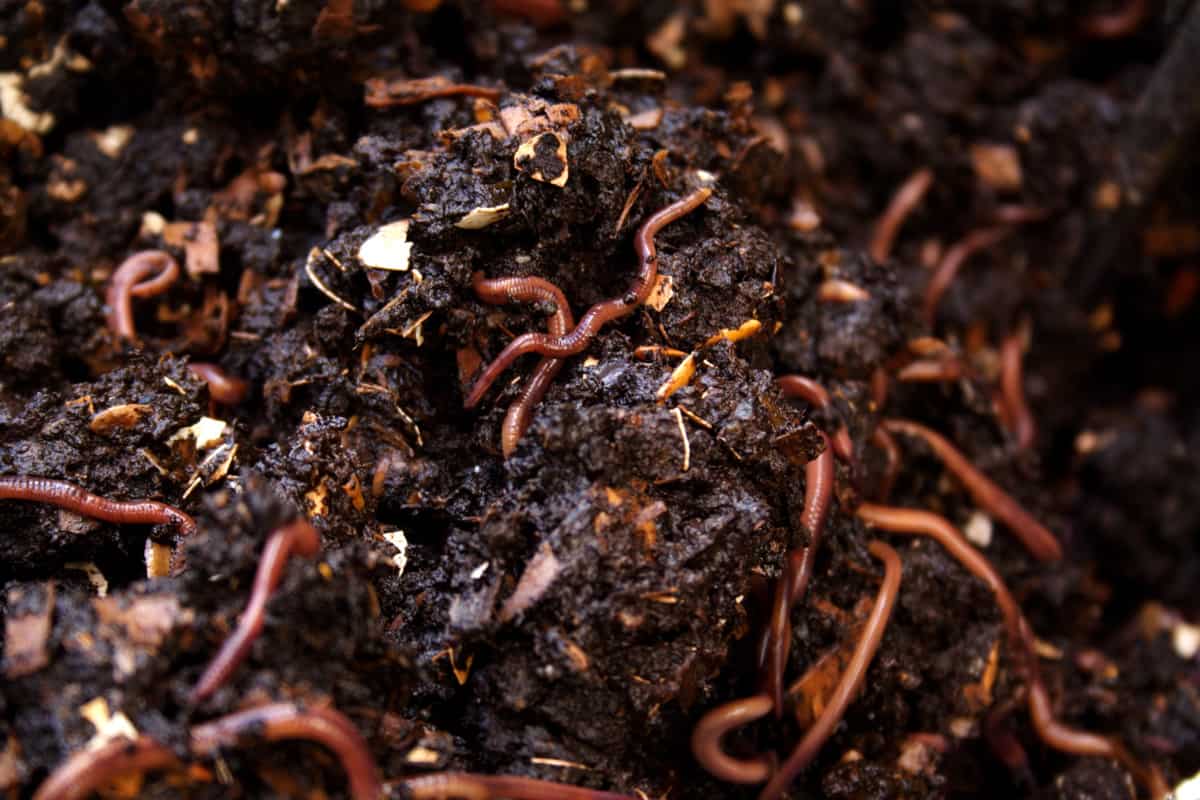
Making your compost is simple and economical. Reducing waste and converting it into the compost pile is also the best way of saving our environment. However, sometimes problems occur with homemade compost.
The Compost Has Stinky Odor
If the air is not circulating through the compost and it is extremely wet, it becomes stinky. Too far from the unpleasant smell that compost normally has. To solve this, turn the pile and add carbon source materials. Sunlight will also help in evaporating excess water.
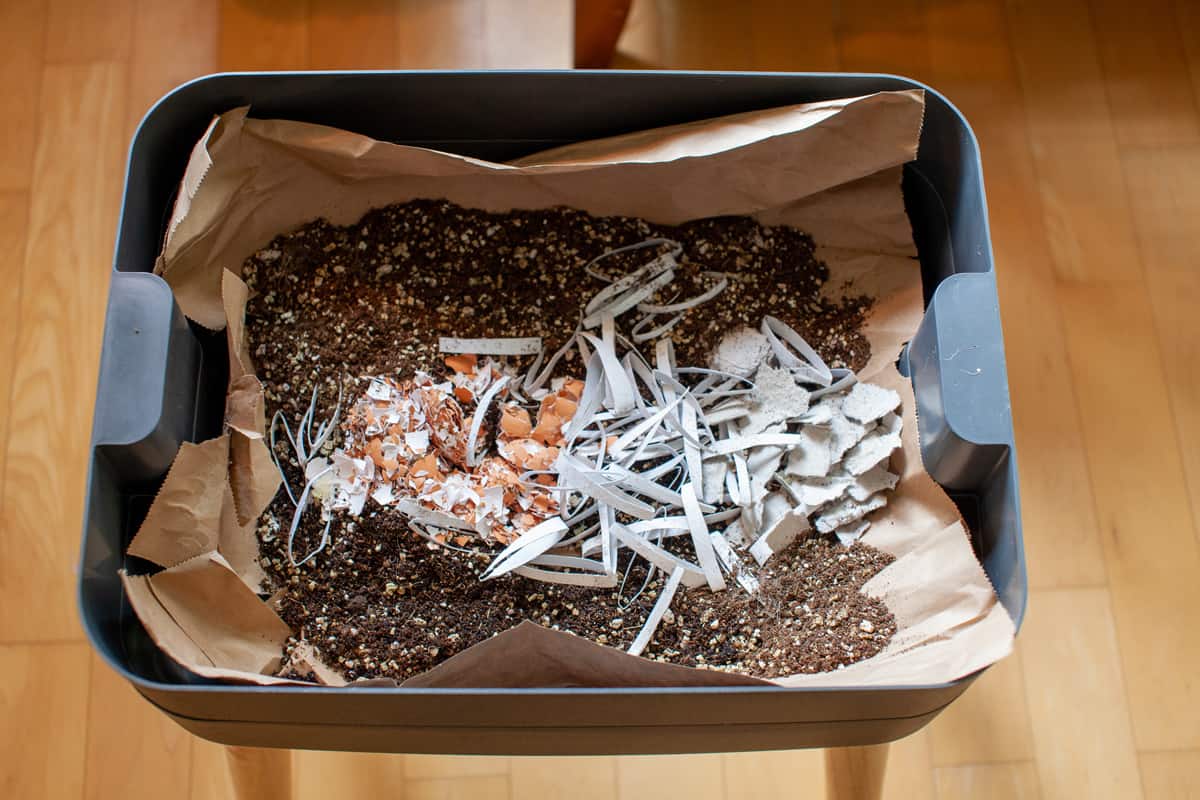
Sticks Not Decomposing
Large Sticks and twigs are difficult to decompose, so avoid adding them to your compost.
Fire On Compost
High nitrogen and carbon ignite and increase catching fire on compost. The solution is to turn the pile frequently to minimize temperature.
To learn more on how to reduce nitrogen, check out this post, "How To Reduce Nitrogen In Potted Plants".
Rats And Raccoons
Kitchen waste attracts these tiny creatures. However, kitchen wastes are a good source of nutrients. The solution is to use a compost tumbler in composting. They are insulated and elevated from the ground.
Click here to check compost tumbler on Amazon.
Slow Breakdown
If the compost does not receive enough air, the decomposition is slow. Put holes around the compost bin to let the air circulate.
No Bugs or Worms
Mites, worms, and fungi help in faster decomposition. You can use a compost accelerator to build up their colony.
Click here to check the compost accelerator on Amazon.
Summary
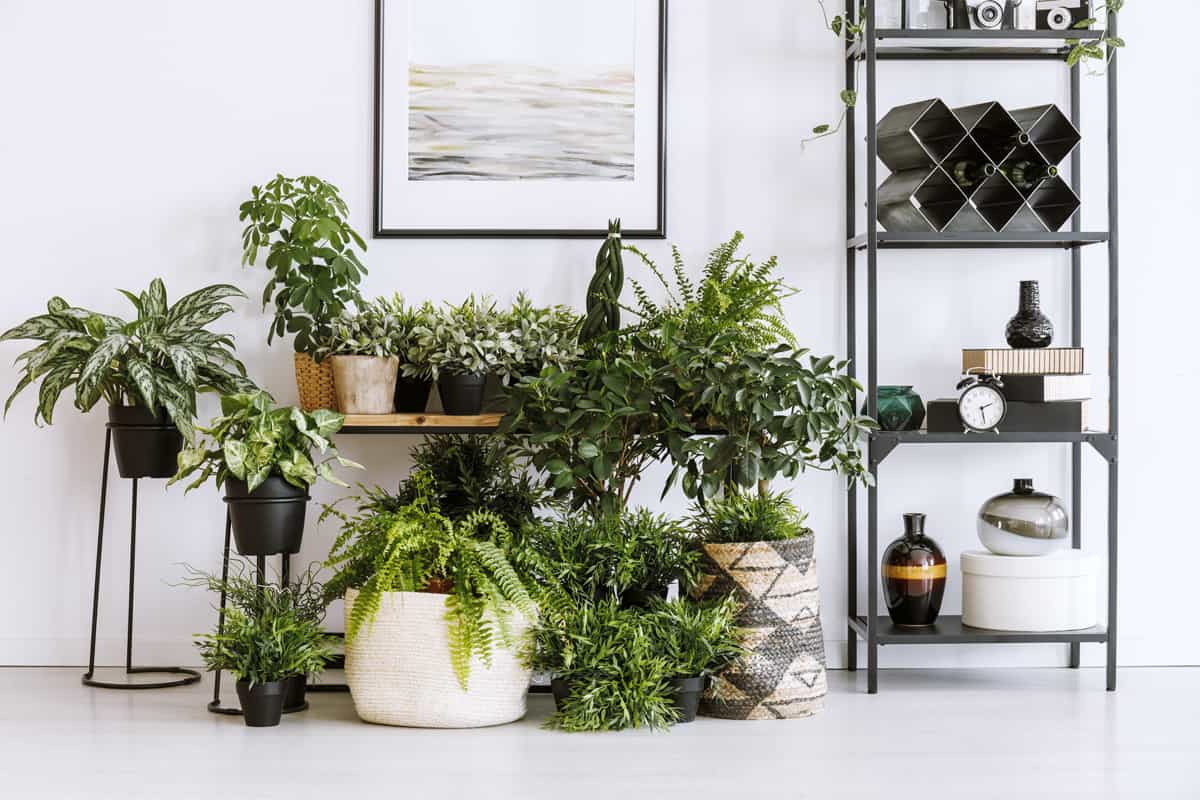
Using compost provides nutrients and organic matter, improving plants' growth. There are many composts available on the market that you can buy, but you can also make homemade ones. Reducing waste and turning them into compost is hitting two birds with one stone: saving money and saving mother nature.
For more information about compost and gardening, you may read these posts:
6 Compost Best Compost Starters For Tumbler
How To Store Compost In The Winter?
6 Types Of Composts You Should Know






